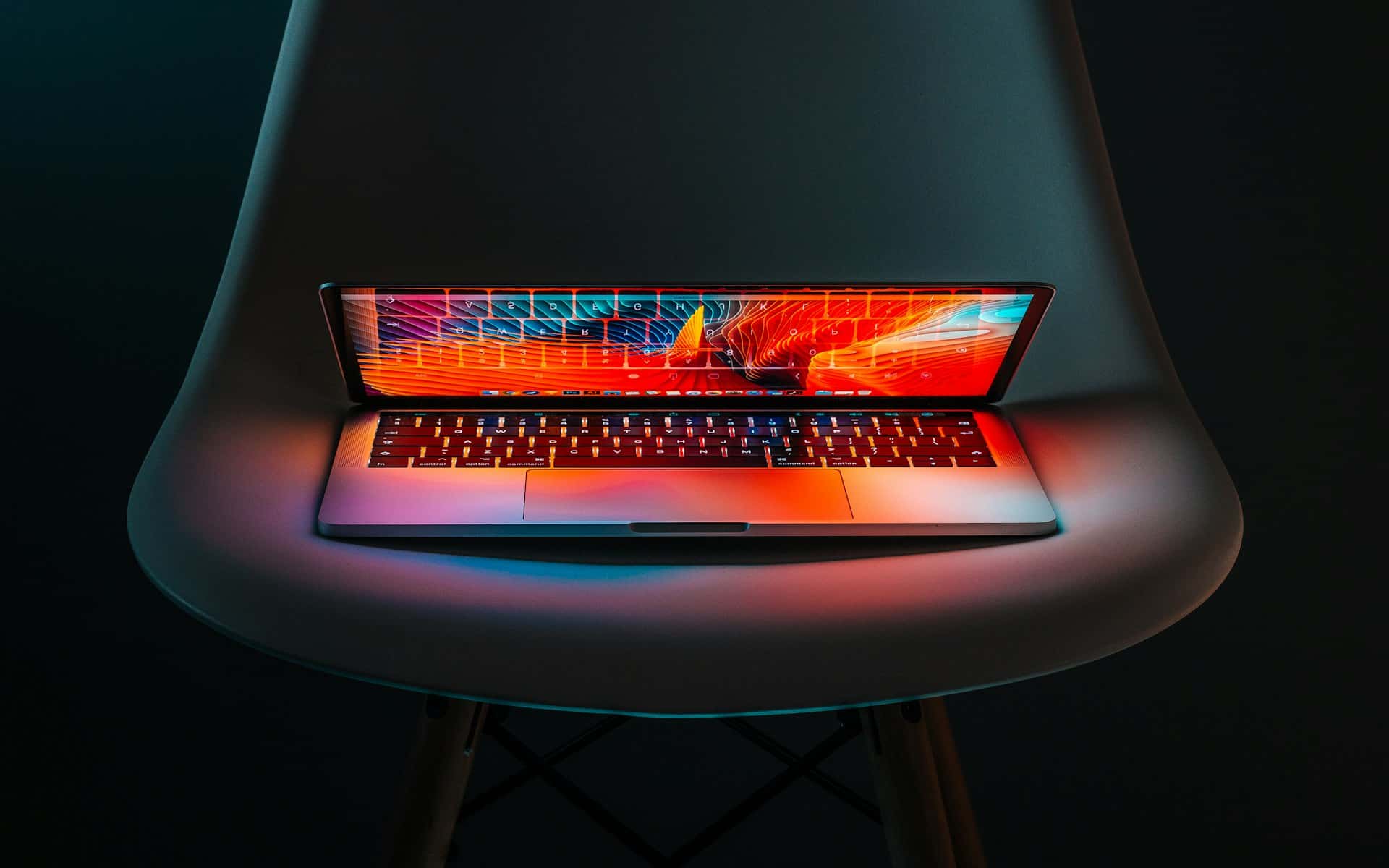
What are the best practices for reducing static noise in a home recording studio setup?
When setting up a home recording studio, one inevitable challenge you'll face is the presence of static noise. Static noise, or white noise, is a constant, unchanging noise that fills the background and can significantly deteriorate the quality of your recordings. It can come from various sources, such as your gear, cables, or even the power supply. Fortunately, you can employ several best practices to reduce this annoying disturbance and achieve superb audio quality.
Choosing the Right Gear
Selecting the right gear forms the first step in mitigating the problem of static noise. It's not just about the microphone, but also the cables and your audio interface.
En parallèle : What are the key settings for configuring a QNAP TS-453D for Time Machine backups?
The Right Microphone
One quick way to reduce noise is by choosing a microphone designed to handle high sound pressure levels. High-quality microphones have less self-noise and can significantly improve the quality of your recordings. The microphone choice is particularly crucial if you're recording music, as different microphones are designed to handle different types of sounds.
Quality Cables
Cables are often overlooked, but they play a critical role in your recording setup. High-quality cables with proper insulation can help reduce the static noise that may be transferred from other electronic devices. They can also help minimize ground noise, which can occur when the cable is not adequately grounded.
A découvrir également : How do you set up a high-performance desktop for 3D modeling using a Threadripper CPU and Quadro GPU?
Audio Interface
An audio interface is a device that allows you to connect your microphone and other gear to your computer. A high-quality audio interface can greatly reduce static noise by offering a higher signal-to-noise ratio, which translates to clearer audio recordings.
Setting Up the Studio
How you set up your studio can also impact the amount of static noise in your recordings. This includes the physical environment and the power supply.
Environment
Noise can come from anywhere: your computer, the AC unit, or even the outside traffic. Therefore, a quiet environment is key to keeping background noises at bay. Soundproofing your studio can be a small step that reaps big rewards.
Power Supply
A clean power supply is also crucial in reducing static noise. Power conditioners can help you maintain a consistent voltage level, minimizing the possibility of power surges that could lead to static noise. Additionally, you can use a ground lift adapter to break the ground loop and further reduce noise.
Using the Right Recording Software
The software you use for recording can also play a significant role in noise reduction. While it may not eliminate the noise, it can help reduce its presence in the final mix.
DAW
Digital Audio Workstations (DAWs) come with various noise reduction tools. For instance, noise gates and expanders can help eliminate unwanted noise during quiet sections of a recording.
Plugins
There are also various plugins available that are specifically designed for noise reduction. These tools isolate the noise profile and reduce it without affecting the quality of the audio.
Managing the Audio Levels
Finally, managing the audio levels correctly can also help reduce static noise.
Gain Staging
Gain staging is the process of managing the levels of your audio signals throughout the recording and mixing process. By adjusting the gain at each stage of the process, you can reduce the noise that may have been introduced along the way.
Limiting and Compression
Applying limiting and compression can also help reduce noise. Limiters prevent the audio from exceeding a certain level, while compressors reduce the dynamic range of the audio. Both can help in preventing the introduction of noise into your recordings.
In sum, reducing static noise in a home recording studio setup requires careful attention to your gear, your setup, the recording software, and the management of audio levels. By following these best practices, you can effectively reduce static noise, thereby improving the quality of your audio recordings.
Creating a Favorable Acoustic Environment
When it comes to reducing static noise, the acoustic treatment of your recording studio cannot be overlooked. This involves manipulating the studio space to achieve the best possible sound. One of the main aims of acoustic treatment is to control background noises and reduce the reflection of sound waves.
Soundproofing
The first step in creating an acoustically favorable environment is soundproofing. Soundproofing your studio involves blocking out all external and internal noises to create a quiet recording space. Ambient noise, such as traffic sounds, neighbors' voices, or even the hum of your air conditioner, can seep into your audio and create a static noise backdrop. It's essential to assess your space and soundproof all areas where noise might be leaking in. This could involve using acoustic foam, sealing gaps in doors and windows, or installing specialized soundproofing materials.
Room Acoustic Treatment
Beyond soundproofing, you'll want to control the way sound behaves within your studio. Untreated rooms can cause sound waves to bounce off walls and create echoes, adding unnecessary noise to your recordings. Room acoustic treatment, like installing bass traps, diffusers, and acoustic panels, can help absorb, diffuse, or redirect these sound waves, thereby reducing static noise.
Ensuring Clean Power Supply
Dirty power can be one of the significant sources of static noise in a recording studio. This refers to the inconsistencies and fluctuations in the power supply, which can introduce noise into your audio gear and subsequently into your recordings.
Power Conditioners
Power conditioners are devices that clean up dirty power by controlling the voltage and smoothing out any fluctuations. They are designed to provide a steady, clean power supply to your audio gear. By plugging your gear into a power conditioner, you can control the electrical noise that power supplies sometimes introduce.
Uninterruptible Power Supply (UPS)
An Uninterruptible Power Supply (UPS) can further ensure a consistent and clean power supply to your gear. UPS systems provide power backup in the event of a power outage or surge, preventing abrupt power cuts to your gear that can introduce static noise.
Setting up a home recording studio comes with its share of challenges, one of which is the persistent issue of static noise. However, by carefully choosing the right microphone and audio gear, properly managing audio levels, using noise-canceling software, and taking steps to reduce background noises in your environment, you can significantly minimize this disturbance. Ensuring clean power supply is another crucial step, for dirty power can introduce unwanted static noise into your recordings. But with the right practices in place, you can create a studio setup that delivers high-quality, crisp, and clear audio. Remember, every small step towards reducing static noise contributes to a significant leap in improving your overall sound quality. Keep in mind that the goal is to provide the listener with the best possible audio experience.
